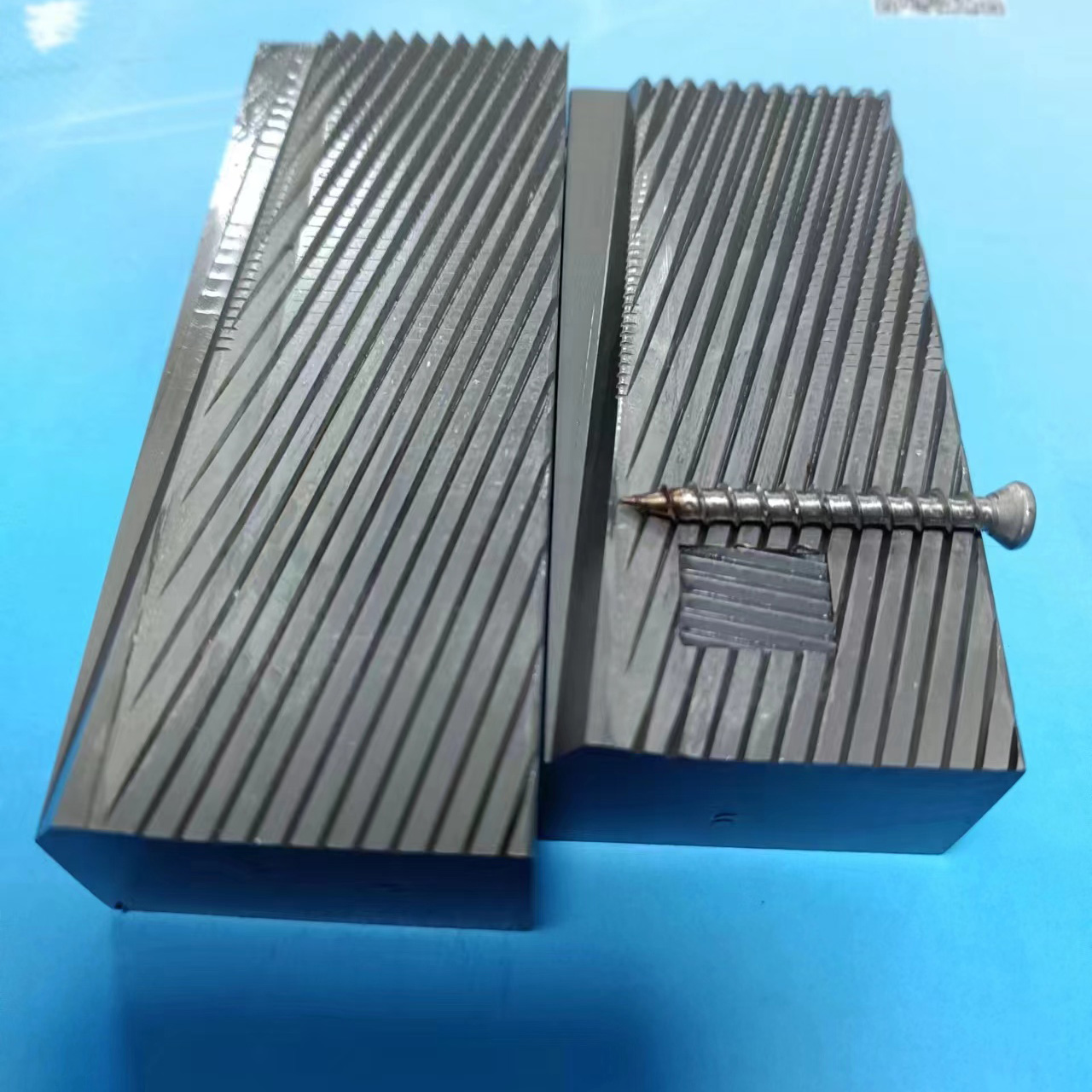In the realm of industrial manufacturing, the thread rolling die stands as a crucial tool. It plays an essential role in the production of threads, which are integral parts in countless mechanical assemblies. From the smallest screws used in electronics to the large bolts in construction machinery, threads are everywhere, and thread rolling dies are the key to creating them efficiently and accurately.
Definition and Working Principle
A thread rolling die is a specialized tool designed to form threads on cylindrical workpieces. Instead of cutting the threads, as in traditional machining methods, thread rolling dies use a cold – forming process. The die consists of two or more hardened steel plates with precisely machined thread profiles. When the workpiece is placed between the rotating dies, the dies apply pressure to the workpiece, causing the material to flow and form the desired thread shape. This process is based on the principle of plastic deformation of the metal under compressive forces.

Applications
1. Automotive Industry
In the automotive sector, thread rolling dies are extensively used. For example, engine components such as bolts, nuts, and studs require high – quality threads. The use of thread rolling dies ensures that these threads have excellent strength and fatigue resistance. The gears and transmission components also often have threaded parts made using thread rolling dies. This is because the cold – forming process improves the mechanical properties of the metal, making the threads more durable under the high – stress conditions in an automobile engine.
2. Aerospace Industry
Aerospace applications demand the highest precision and reliability. Thread rolling dies are used to create threads on aircraft structural components, engine parts, and fasteners. The ability of thread rolling dies to produce threads with tight tolerances is crucial in this industry. In aircraft, a single loose or improperly formed thread can lead to catastrophic failures. Thus, the accuracy and consistency provided by thread rolling dies are highly valued.
3. Electronics Industry
In the electronics field, where miniaturization is a key trend, thread rolling dies are used to create fine – pitched threads on small screws and components. These threads need to be precise to ensure proper assembly of electronic devices. For example, in smartphones, the tiny screws that hold the internal components together are made with the help of thread rolling dies. The smooth and accurate threads produced by these dies allow for easy and secure fastening in the delicate electronic assemblies.
Advantages of Thread Rolling Dies1. Superior Strength
Since thread rolling is a cold – forming process, it enhances the mechanical properties of the workpiece. The metal’s grain structure is refined and oriented along the thread profile, resulting in increased strength and fatigue resistance compared to cut threads. This makes the threaded parts more reliable in high – stress applications.
2. High Productivity
Thread rolling is a relatively fast process. Multiple threads can be formed simultaneously, reducing the production time significantly. The continuous and automated nature of the thread rolling operation also contributes to high productivity, making it suitable for mass – production scenarios.
3. Cost – effectiveness
Although the initial investment in thread rolling dies can be high, in the long run, it is a cost – effective method. The reduced machining time, lower material waste (as no material is removed during the cold – forming process), and longer tool life (due to the non – cutting nature of the operation) all contribute to cost savings.
Manufacturing and Maintenance of Thread Rolling Dies
The manufacturing of thread rolling dies requires high – precision machining. The dies are typically made from high – quality tool steels, which are heat – treated to achieve the necessary hardness and wear resistance. Precision grinding and EDM (Electrical Discharge Machining) techniques are often used to create the intricate thread profiles.
Maintenance of thread rolling dies is crucial to ensure consistent performance. Regular cleaning to remove any accumulated metal debris is essential. Periodic inspection for wear and tear, especially on the thread – forming surfaces, is also necessary. If any signs of wear are detected, the dies can be re – ground or refurbished to restore their original accuracy.Thread rolling dies are an indispensable part of modern manufacturing. Their ability to produce high – quality threads efficiently, with superior strength and at a reasonable cost, makes them a preferred choice in various industries. As manufacturing technology continues to evolve, the design and performance of thread rolling dies will also likely improve, further enhancing their role in the production of threaded components.
Media Contact
Company Name: Dongguan xingmao import and export co., LTD
Email: Send Email
Country: China
Website: https://www.mouldpunch.com/
